I've got some relays connected to some 230V high-current spotlights. I would like to control 16 of these with a microcontroller. I'm thinking of creating my own PCB.
I have checked the datasheet, it's the 22.32.0.024.4520 (http://datasheet.octopart.com/22.32.0.024.4520-Finder-datasheet-10127161.pdf) but I can't really find the required voltage or amperage to switch on this relay.
Peter Bennet: 91 mA (24 volt at 2.2 Watts)
I'm thinking of connecting it like this:

simulate this circuit – Schematic created using CircuitLab
Using another relay isn't really an option, since I've got them in stock and they work for the spotlights I have.
I'm not a 100% sure if the diode is necessary. The component names also aren't final.
Richard Crowley: Protection of reverse voltage generated by the collapsing magnetic field. You might want a 1N4002 or higher for that.
Would this application provide enough "protection" for the microcontroller? I don't see how the 24V is a problem to the microcontroller (and other devices connected) but it might just be?